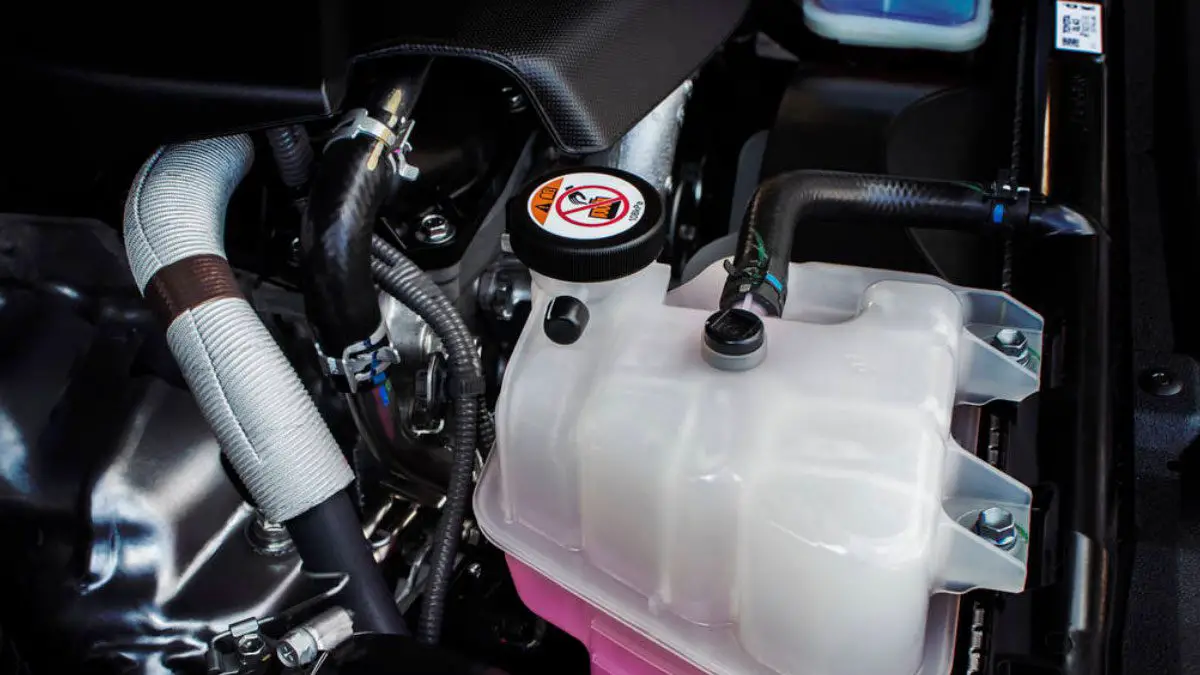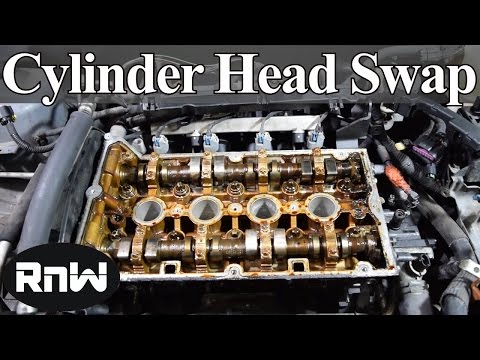Seeing puddles of coolant under your vehicle is common. But the coolant level can sometimes decrease without any visible leaks. You might ask, does the coolant evaporate into thin air?
Well, no, actually. If there is low coolant but no leaks, there can be some hairline cracks in the cooling system. For example, the radiator cap or water pump can have cracks. Also, the leak can be internal, such as a blown head gasket or internal engine leak.
Whatever the situation, you must diagnose and address the reason as early as possible. We have a detailed guide on causes and solutions to help you out. Let’s get started.
The Importance of the Proper Coolant Level in Preventing Engine Overheating
Your car has an internal combustion engine that burns an air-fuel mixture to generate power. And the operating temperature of engines is close to 200 degrees Fahrenheit. Coolant (a mixture of water and ethylene glycol) flows through the engine to keep this extreme heat under control.
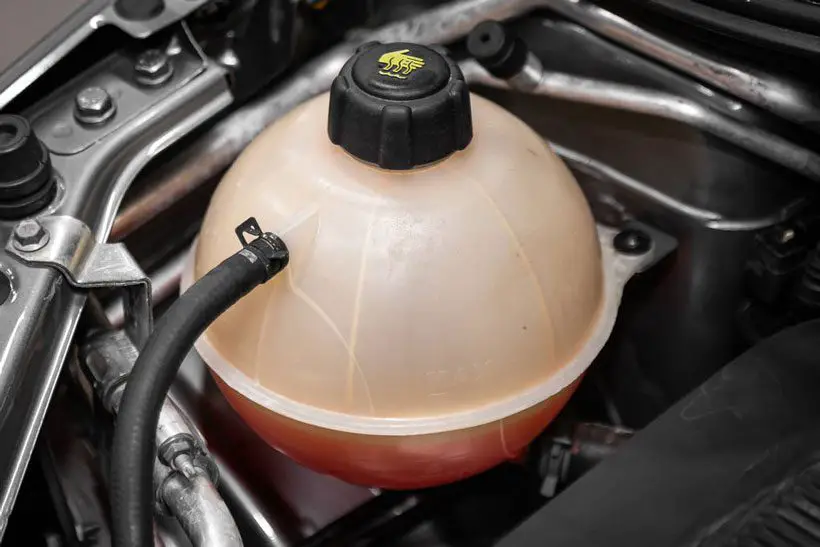
After circulating the engine, the hot coolant goes into the radiator. Fans blow the heat from the coolant, and water pumps push it through the cooling channels again. If the coolant level is low, it won’t be able to dissipate all the heat from the engine.
As a result, the engine will overheat quickly. And this can be the start of the ending story. If the engine temperature rises higher than 220 degrees Fahrenheit, engine components will start receiving damage.
So, maintaining the proper coolant level in the cooling system of your car is utterly crucial.
Common Causes of Low Coolant Levels with No Visible Leaks
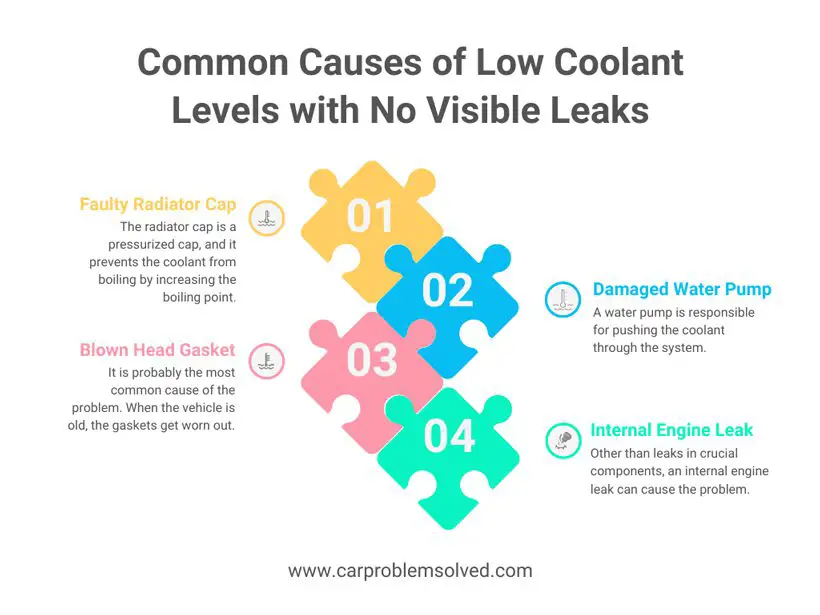
When you don’t notice any leaks in the cooling system but the coolant level is still dropping, the following reasons can cause the issue.
Faulty Radiator Cap
The radiator cap is a pressurized cap, and it prevents the coolant from boiling by increasing the boiling point. If the pressure seal is worn or damaged, the cap won’t be able to hold pressure. As a result, the coolant will start boiling and escape the cooling system in the form of steam.

Damaged Water Pump
A water pump is responsible for pushing the coolant through the system. The pushing speed of the pump varies depending on the driving conditions.
Water pumps are attached to the cooling system using hoses. The coolant level can fall if there are cracks or leaks in these hoses or connection points.
Blown Head Gasket
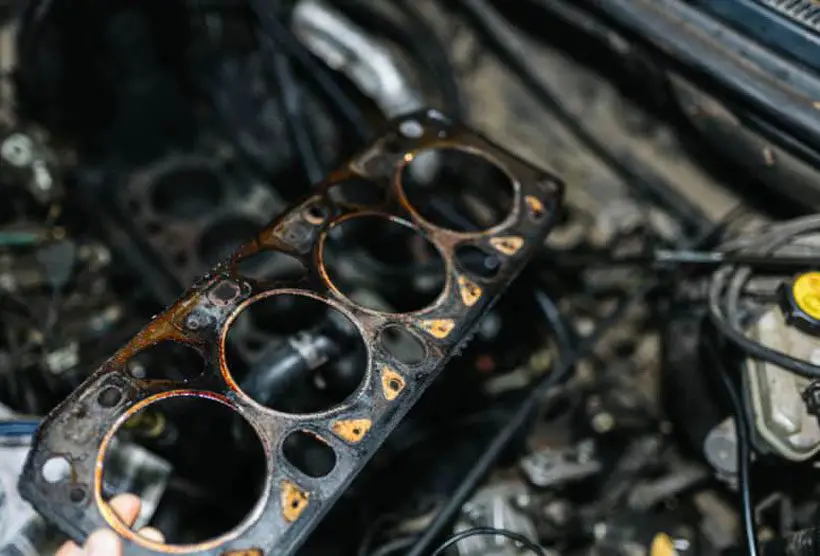
It is probably the most common cause of the problem. When the vehicle is old, the gaskets get worn out. Sometimes, they can be damaged due to engine overheating.
Either way, they will leak coolant into combustion chambers, and you will get foggy white smoke from the exhaust.
Internal Engine Leak
Other than leaks in crucial components, an internal engine leak can cause the problem. For example, coolant can leak into the lubricant reservoir and contaminate the oil. If you use a dipstick to check the condition of the lubricant, there can be a white oil layer on the dipstick.
Diagnosing Low Coolant Levels with No Visible Leaks
Checking the coolant level is routine maintenance. When diagnosing low coolant levels, you should perform the following tests.

Checking the Coolant Reservoir
To check the coolant reservoir, follow the steps below.
Step 1: Park the car on a flat surface and turn the engine off. Let it cool down.
Step 2: Open the hood, and you should find the coolant overflow reservoir in the front of the engine bay.
Step 3: Different fill levels are marked on the reservoir wall. You will generally see full and low markings. Check where the coolant level is.
Step 4: If it is at the full level or slightly lower than that, the system should be running fine. But if it is halfway through, the system can have hidden leaks.
Inspecting the Radiator Cap
Besides checking the coolant level in the reservoir, you should test the radiator cap too. When the car is off, but the engine is still warm, you need to wear thick gloves and twist the cap one notch.
If the cap is okay, pressurized air should be released. Also, check if the rubber seal is worn or broken.
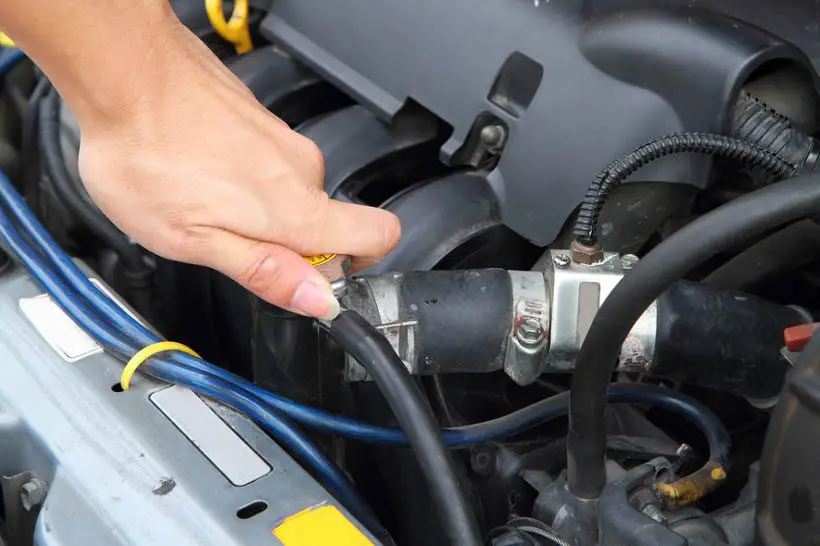
Performing a Compression Test
For this test, you will require a cooling system pressure gauge.
- Step 1: After opening the radiator cap, you need to attach the gauge.
- Step 2: Then, hand-pump the gauge to increase the pressure up to 16 psi.
- Step 3: Leave it for about one hour and see if there is any change in the pressure.
- Step 4: If the pressure drops, there are internal leaks in the cooling system.
Solutions for Addressing Low Coolant Levels with No Visible Leaks
Regardless of the causes, you should address the issue with utmost importance. Here are a few steps to solve the problem.

Replacing the Radiator Cap
If the radiator cap can’t hold pressure, you must replace it quickly.
- Step 1: Simply open the faulty radiator cap and discard it.
- Step 2: Check your vehicle’s manual to find the OEM part number and buy one that matches the pressure requirements.
- Step 3: Push the radiator cap into the opening and close it.
Repairing or Replacing the Water Pump
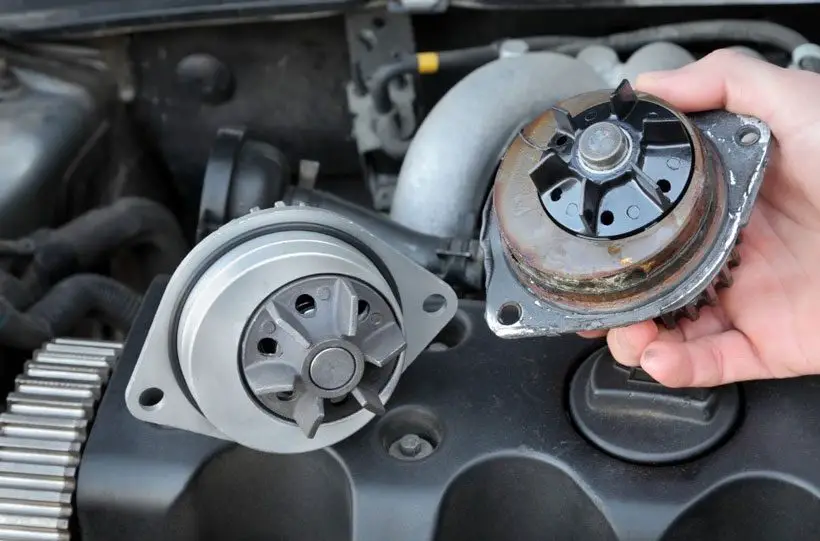
If any part of the water pump is damaged or broken, you can take the vehicle to a repair shop. But if you need to replace the pump, follow these steps.
- Step 1: Disconnect the negative battery terminal.
- Step 2: Open the radiator cap and drain the radiator.
- Step 3: Take the fan belt and radiator hoses off.
- Step 4: Remove the fan and the shroud.
- Step 5: Remove the bolts on the damaged water pump and detach the pump.
- Step 6: Reverse the above steps to install the new water pump.
Fixing the Blown Head Gasket
To expose the head gasket, you need to disconnect the battery first. Then, remove the air conditioner compressor, water pump hose, alternator, and radiator hoses. Only then can you remove the faulty head gasket and replace it. We suggest getting it done by an experienced mechanic because the process is complex.
Addressing the Internal Engine Leak
Internal leaks can be challenging to fix. You need to open the hood and remove the battery connections. Then, carefully unscrew the bolts that hold the cylinder head in place. Remove the cylinder head and check for signs of cracks in the gasket or seal. If you still don’t find any leaks and suspect the leak can be in the engine block, you need to take the car to a repair shop.
You can also watch this video to learn how to remove cylinder heads and find internal coolant leaks.
Preventive Maintenance Tips for Avoiding Coolant-Related Problems
Following these preventive maintenance tips is the best way to keep from coolant-related problems. Check them out.

Regular Maintenance
Worn or damaged components of the cooling system should be replaced regularly. And if you sense that a component is at the end of its service life, you should change it too.
Coolant System Checks
When you start the car for the first time in the day, you should check the coolant overflow reservoir and the radiator. Make sure there is enough coolant in the car.
Monitoring Temperature Gauge
Check the temperature gauge on the dashboard regularly. It helps you monitor the engine temperature. A rise in engine temperature indicates something is wrong with the cooling system.
If you’re experiencing low coolant levels without any visible leaks, you may also be interested in understanding why your car may be leaking coolant or using an excessive amount of coolant. Our article on why is my car leaking coolant explores common causes of coolant leaks and provides guidance on diagnosing and addressing the issue. Additionally, our article on why is my car using so much coolant discusses potential reasons for excessive coolant consumption and offers troubleshooting tips. These resources can help you identify and resolve coolant-related issues in your car.Conclusion
Your car engine should always run at an optimal temperature, and the coolant system ensures that. But if the coolant level is low, it can cause irreparable damage to engine components. Sometimes, the coolant level drops without any visible leaks in the system.
We showed you the common causes behind the problem and how to diagnose them properly. Plus, we provided solutions for addressing low coolant levels promptly.
You can follow these solutions to protect your car’s engine from serious damage. And follow the maintenance tips to prevent coolant-related problems.
